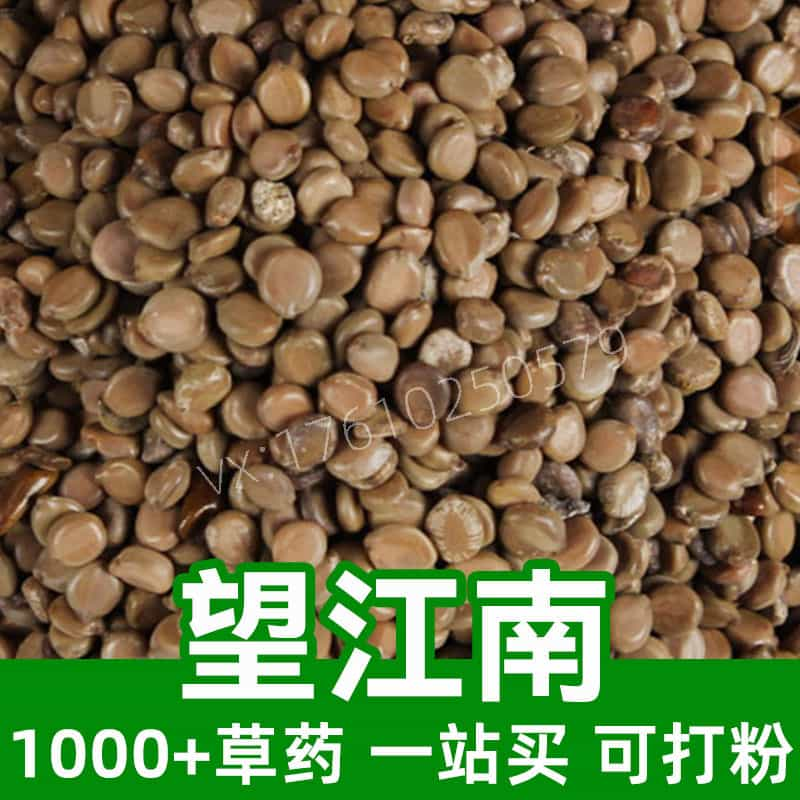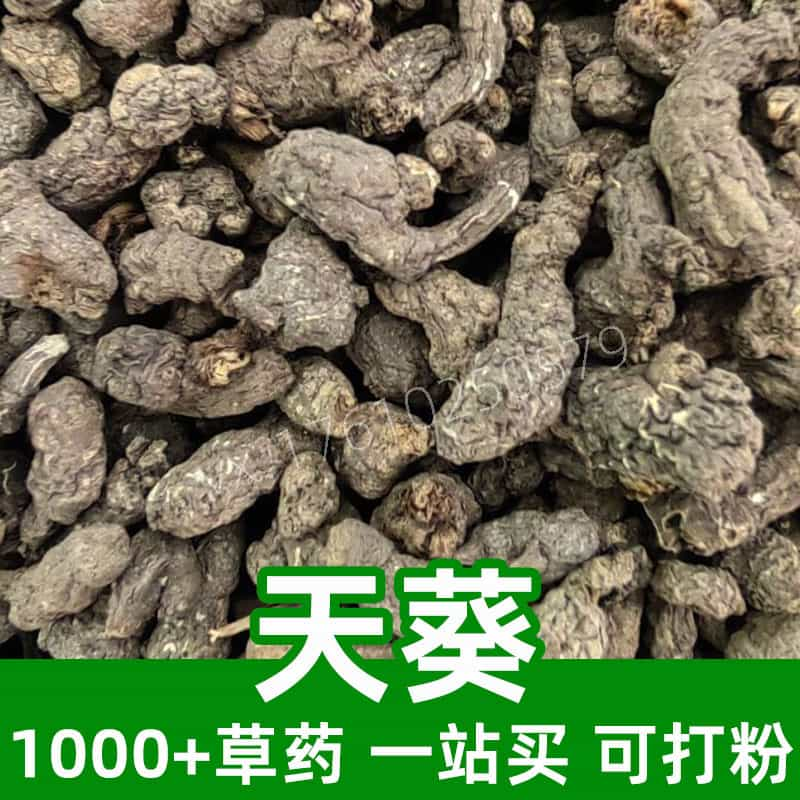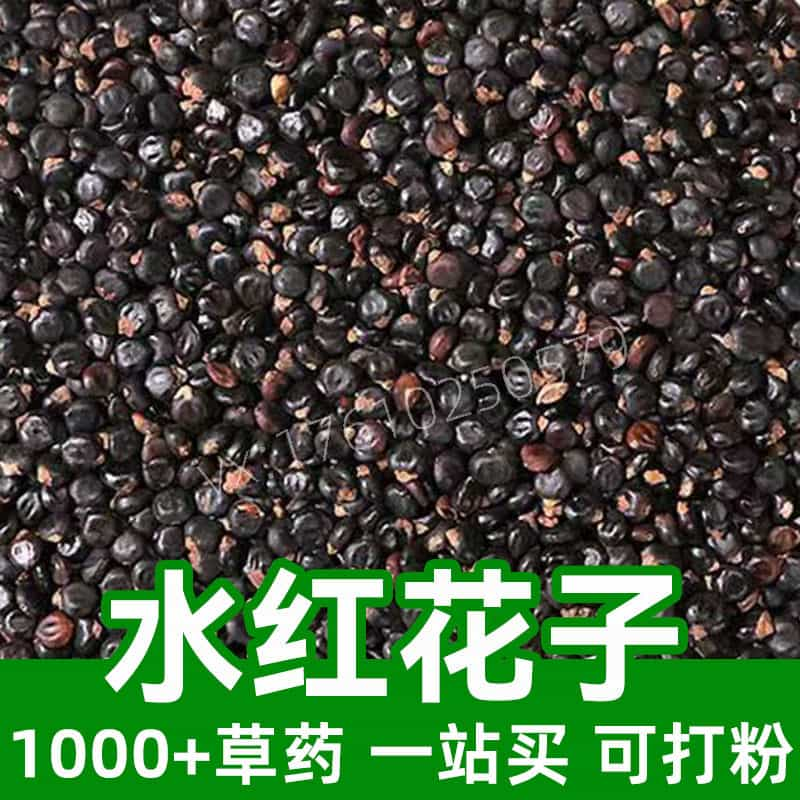Product Introduction
Catharanthus roseus, commonly known as Madagascar Periwinkle, is a striking herb recognized for its beautiful flowers and therapeutic potential. Indigenous to Madagascar, this perennial plant has garnered significant interest within the realm of traditional Chinese herbal medicine. Its leaves and stems are the most utilized parts of the plant, containing a wealth of bioactive compounds that offer various health-related benefits.
The primary active alkaloids, vincristine and vinblastine, have been extensively studied for their mechanism of action in disrupting cancerous cell division. Additionally, it incorporates other beneficial phytochemicals, making it a versatile choice for various formulations. Catharanthus roseus is often used in modern herbal practice as a purifying herb that balances the body's energies.
In traditional usage, it finds applications beyond the field of oncology, including herbal infusions, decoctions, and tinctures. Users appreciate its efficacy and holistic benefits, which may extend to supporting general well-being. With its roots deeply intertwined in herbal lore, Catharanthus roseus stands as an exceptional herb that combines nature’s beauty with her healing gifts.
Main Active Ingredients
Catharanthus roseus is celebrated for its unique phytochemical profile, primarily composed of alkaloids that possess potent biological activity. Among the most significant active compounds are vincristine and vinblastine, which have gained prominence within oncological treatments due to their ability to inhibit cancer cell proliferation. These alkaloids primarily function by interfering with microtubule formation during cell division, thereby arresting the growth of rapidly dividing cells.
In addition to these two, other alkaloids such as catharanthine and ajmalicine impart notable functions, including cardiovascular benefits and modulation of blood pressure. When combined, these compounds exhibit synergetic effects that enhance their medicinal properties, making Catharanthus roseus a valuable addition to the arsenal of herbal medicine.
Beyond alkaloids, the plant also contains flavonoids and phenolic compounds, which contribute antioxidant properties, aiding in the protection against oxidative stress. This antioxidant activity is vital as it helps prevent cellular damage that may lead to chronic diseases. Furthermore, the presence of essential oils within the leaves contributes to its aromatic profile and may offer additional therapeutic benefits.
The overall composition of Catharanthus roseus renders it an intriguing subject for ongoing research, with a promising future in both pharmacology and traditional herbal practices. Each component synergizes to create a holistic effect that underscores the herb’s historical utilization in diverse cultural practices.
Product Application Scenarios, Usage, and Dosage
Catharanthus roseus finds a myriad of applications within the realm of traditional Chinese medicine (TCM) and modern herbal practices. Its versatility allows it to be utilized in various forms, including teas, tinctures, powders, and capsules. Traditionally, herbalists integrate it into formulations aimed at enhancing energy balance and promoting overall well-being.
In TCM, the herb is often prescribed for individuals exhibiting signs of heat, and it is believed to help dissolve phlegm and alleviate symptoms such as headaches and digestive discomforts. The typical dosage can vary widely depending on the preparation method; however, powdered forms may range from 1 to 3 grams per day, while tinctures could be administered at a dose of 1–2 mL several times a day.
It is crucial to note that specific recommendations may vary based on individual health conditions; thus, it is wise to consult a qualified practitioner before starting any new herbal regimen. The applications of Catharanthus roseus extend into the culinary domain as well, particularly in the context of infusing herbal teas that promote relaxation and digestive health.
Overall, the use of Catharanthus roseus in both traditional and contemporary settings highlights its potential in supporting health, alongside traditional practices that emphasize holistic well-being. As research continues to unveil its properties, this herb remains an essential component of herbal medicine and wellness formulations.
Introduction to the Source Plant, Distribution, and Growth Environment
Catharanthus roseus is a hardy perennial herb indigenous to Madagascar, where it flourishes in the subtropical climate. The plant typically grows in well-drained soils under a sunny disposition, preferring temperatures that range between 20 to 30 degrees Celsius (68 to 86 degrees Fahrenheit). The natural habitat includes disturbed areas, open forests, and grasslands, where its vibrant flowers thrive.
Over the years, due to its ornamental appeal and medicinal properties, Catharanthus roseus has been cultivated worldwide, adapting to a variety of climates, including tropical and subtropical regions. It has found a place in home gardens due to its low maintenance requirements and resilience to drought conditions. This adaptability allows it to establish roots in diverse ecosystems away from its native habitat.
The plant can reach heights of about 1-2 feet and features dark green, glossy leaves that grow in opposing pairs. Its flowers can range in color from white to pink, purple, and red, making it a popular choice for ornamental purposes. Importantly, the extraction of medicinal properties often involves sourcing the plant sustainably to preserve its ecological balance.
In conclusion, Catharanthus roseus not only serves as a symbol of beauty in gardens around the world but also remains an integral component of many herbal practices, continuing its legacy from the rich soils of Madagascar to the global herbal marketplace.
Harvesting, Processing, and Storage
The harvesting of Catharanthus roseus involves careful attention to both timing and technique to ensure the preservation of its active compounds. Typically, the leaves and stems are harvested during the flowering season, which ensures that the plant's vital phytochemicals are at their peak concentration. Experienced herbalists advise cutting the plant in the morning after the dew has dried but before the sun's full intensity to minimize the degradation of sensitive compounds.
Once harvested, the processing is crucial for maintaining the herb's efficacy. The leaves and stems are typically air-dried in a shaded, well-ventilated area to avoid direct sunlight, which can degrade alkaloids. After drying, the material can be ground into a fine powder, prepared into tinctures, or used to create herbal blends as per traditional practices. This careful processing helps ensure that the therapeutic properties remain intact while also enhancing the herb's shelf life.
When it comes to storage, it is vital to keep processed Catharanthus roseus in an airtight container, stored in a cool, dry, and dark environment. This practice substantially helps in preventing moisture and light exposure, both of which can diminish the quality and potency of the herb over time. Properly stored, dried Catharanthus roseus can maintain its properties for several years, making it a reliable choice for both herbal practitioners and consumers interested in utilizing its benefits.
Thus, through methodical harvesting, processing, and storage practices, Catharanthus roseus can effectively deliver its potential benefits in the realm of herbal medicine while ensuring sustainability and quality.
Monica Sun is a seasoned expert in the natural raw materials industry, with over a decade of experience specializing in traditional Chinese medicinal herbs, spices, and fungi. She is skilled in the sourcing, processing, and application of these materials, emphasizing sustainability and innovation. Monica Sun has contributed to the development of high-quality natural raw materials that serve as essential components in functional foods, pharmaceuticals, and cosmetics, delivering tailored solutions to meet diverse market needs.













